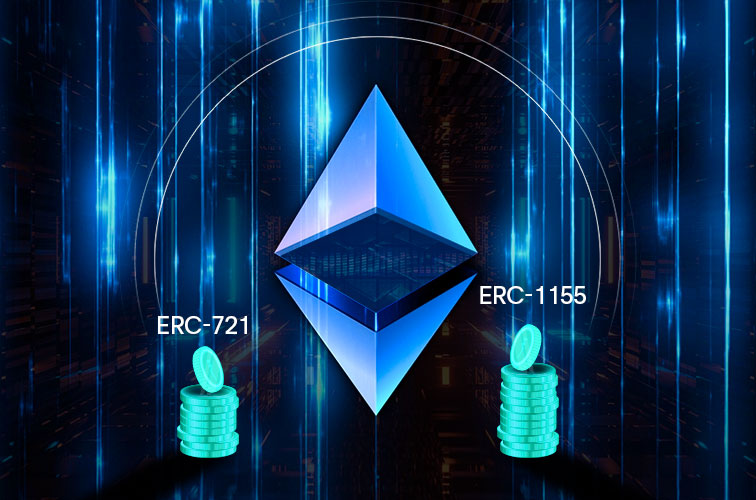In a nutshell, NFT, which is short for Non-Fungible Token, has changed a lot recently into very famous digital art or digital collectables as well. These distinct digital entities constructed on the blockchain provide unparalleled confidentiality and visibility. Nevertheless, prior to embarking on an independent NFT project, you must have a clear picture of the different rules which guide this sphere. The basics of NFT standards and protocols and their implications for the blockchain world will be discussed in this paper.
Understanding Blockchain Technology
In order to understand what NFT standards and protocols are, it is necessary for one to know something about blockchain technology. The blockchain system is a distributed ledger that includes transactions and is verified by numerous networks of computers, also called nodes. The chain of blocks has each transaction grouping, creating an unbroken account of all the transactions that preceded them in the chain. Transparent, secure, and not-editable are some of the attributes that make blockchain an appropriate platform for minting and trading NFTs.
What are NFTs?
NFTs refer to one-of-a-kind digital items indicating possession and validity of an object or content. Whereas cryptocurrencies such as Bitcoin and Ethereum are fungible and can exchanged on an equally to equal basis, NFTS are indivisible and cannot be exchanged on an equally to equal basis. Every NFT has its own unique worth and attributes that make it special.
NFT Standards: ERC-721 and ERC-1155

On the other hand, all NFTs built using Ethereum’s blockchain tech facilities and are governed by common standards or protocols which specify operations and compatibility. There are two widely used NFT standards, namely ERC-721 and ERC-1155. The first widely adopted standard, ERC-721, provided a model for creating distinct tokens. However, it was in 2019 that ERC-1155 came up with semi-fungible tokens where there could be several copies of different characteristics of a single asset, leading to better asset tokenization efficiency.
Benefits of NFT Standards
NFT standards play a crucial role in ensuring compatibility and interoperability across different platforms and marketplaces. By following established standards, developers can ensure that their NFTs can be easily bought, sold, and transferred between various wallets and platforms. This creates a vibrant ecosystem where NFTs can be seamlessly traded and accessed by collectors and enthusiasts.
Interoperability and Cross-Chain Compatibility
Alternative blockchains like Polkadot or Cardano can rival Ethereum as blockchains for NFTs. On the other hand, NFT standards do not involve one blockchain but many others. Cross-chain compatibility enables the creation of NFTs to be traded on various mediums, thereby reaching a wider audience or users.
The Role of Blockchain Developers
It is important to note that blockchain developers are behind the setting and utilization of standards and protocols for NFT. They develop smart contracts that control the NFT behaviours and properties. Developers should develop such standards or leverage already established standards where necessary, ensuring NFTs are secure, efficient, and compliant with different applications.
NFT Marketplaces and Ecosystem
NFT marketplaces act as virtual platforms wherein creators can digitally print, purchase and sell their NFT digital artworks. Many times, these marketplaces have a different way through which a trade can be made or an NFT listed. Through this, creators ensure that they are in line with existing standards to enable them to be found by the marketplace.
Future Developments and Innovation
As the NFT space continues to evolve, new standards and protocols are likely to emerge. These developments will address existing limitations and pave the way for new use cases and applications. Blockchain developers and industry participants need to stay updated with these advancements to leverage the full potential of NFTs and blockchain technology.
Final Thoughts
So, NFT standards and protocols are essential components of the blockchain ecosystem. They provide a framework for creating, trading and interoperating NFTs across different platforms and blockchains. By understanding these standards and working with experienced blockchain developers, individuals and businesses can navigate the NFT landscape and launch successful projects in this exciting and rapidly growing field.
Disclaimer:Our website provides educational information only and is not intended to provide financial or professional advice. We are not responsible for the accuracy, reliability, or completeness of the information provided. Any reliance you place on the information is at your own risk, and we recommend consulting a qualified professional before making any financial or investment decisions. We are not liable for any loss or damage resulting from the use of our website or the information provided.
